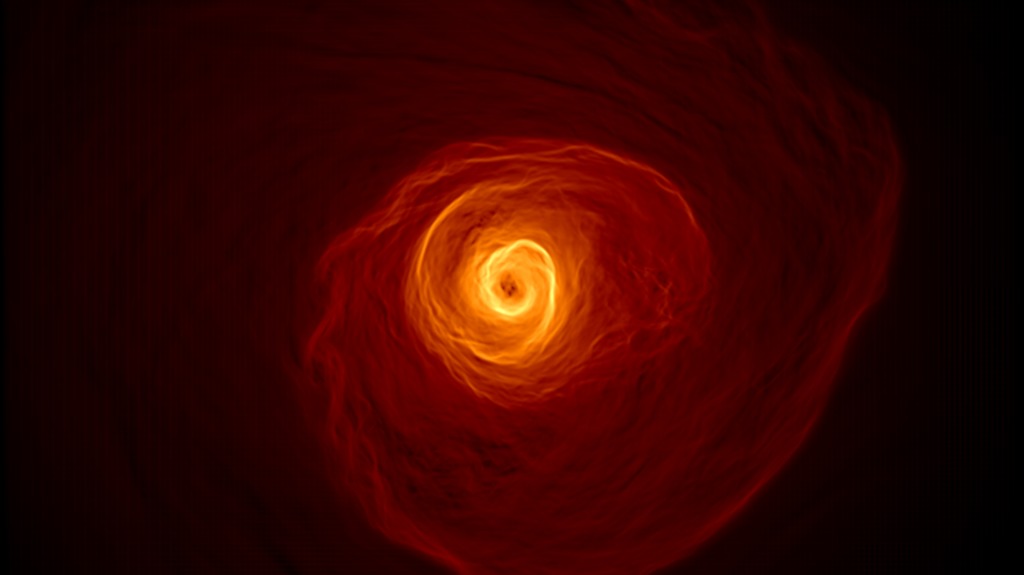Suzaku: Intergalactic Prospector
Recently astronomers used the Suzaku orbiting X-ray observatory, operated jointly by NASA and the Japanese space agency, to discover the largest known reservoir of rare metals in the universe. Suzaku detected the elements chromium and manganese while observing the central region of the Perseus galaxy cluster. The metallic atoms are part of the hot gas, or "intergalactic medium," that lies between galaxies. Exploding stars, or supernovas, forge the heavy elements. The supernovas also create vast outflows, called superwinds. These galactic gusts transport heavy elements into the intergalactic void.
For More Information
Credits
Please give credit for this item to:
NASA/Goddard Space Flight Center
Portions of this product included work done in cooperation with Space Telescope Science Institute.
-
Animators
- Walt Feimer (HTSI)
- Chris Meaney (HTSI)
- Chris Smith (HTSI)
- Cruz deWilde (Avant Gravity)
- Dana Berry (Skyworks Digital)
- Scott Wiessinger (UMBC)
-
Video editor
- Scott Wiessinger (UMBC)
-
Narrator
- Michelle Williams (UMBC)
-
Producer
- Scott Wiessinger (UMBC)
-
Scientists
- Takayuki Tamura (JAXA)
- Koji Mukai (UMBC)
-
Writers
- Daniel Pendick (SP Systems)
- Scott Wiessinger (UMBC)
Release date
This page was originally published on Wednesday, December 2, 2009.
This page was last updated on Wednesday, May 3, 2023 at 1:54 PM EDT.
Missions
This page is related to the following missions:Series
This page can be found in the following series:Tapes
The media on this page originally appeared on the following tapes:-
Suzaku: Intergalactic Prospector
(ID: 2009123)
Wednesday, December 2, 2009 at 5:00AM
Produced by - Robert Crippen (NASA)
Related papers
http://www.iop.org/EJ/article/1538-4357/705/1/L62/apjl_705_1_62.text.html
http://www.iop.org/EJ/article/1538-4357/705/1/L62/apjl_705_1_62.text.html
Datasets used
-
[Suzaku]
ID: 692
Note: While we identify the data sets used on this page, we do not store any further details, nor the data sets themselves on our site.
